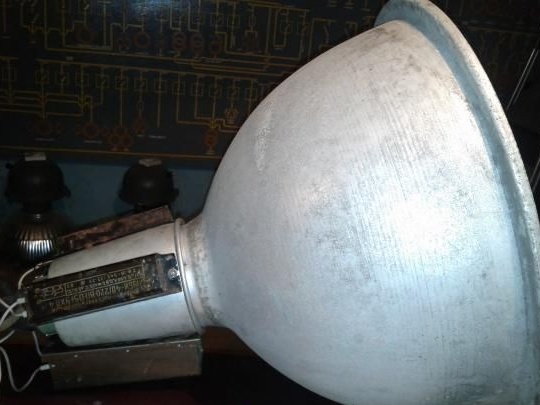
Since high-pressure lamps DRL 250 are distinguished by their durability, reliability and high economic efficiency compared to standard incandescent lamps, they are often used to create lighting in summer cottages, in the courtyards of private houses, garages, etc. By themselves, such lamps are quite simple to purchase in any specialized store, they have a very reasonable price and are very common. The problem is that the inductor, which is included in the lamp power circuit, is made of copper and can be much more expensive. Therefore, the author decided to try to make such a throttle on his own.
Materials and tools that the author used to create home-made chokes for the DRL 250 lamp:
1) 40 watts chokes from the lamp LD 40
2) 80 watt chokes from LD 80 lamps
3) wires
4) blowtorch
5) soldering accessories
Let's consider in more detail on the example of photographs how to assemble a makeshift choke for DRL 250 lamps.
As mentioned above, conventional chokes for a DRL 250 lamp are quite expensive, as they consist of copper wire. Therefore, he decided to make it himself from cheaper similar materials. As such materials, the author chose other chokes from less powerful fluorescent lamps.
Before using DRL 250 lamps, the author used LD 40 and LD 80 lamps, in which there are 40 and 80 W chokes, respectively. Therefore, it was decided to create a throttle for the DRL 250 of them. After making some calculations, the author received that for one inductor DRL 250 at least two inductors of 80 watts and one for 40 watts are needed.
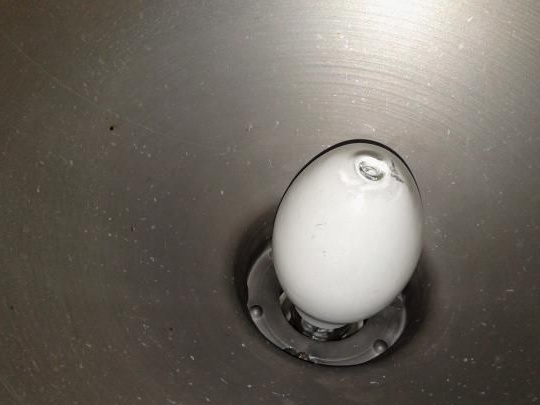
Below is a diagram of their connection:

As can be seen from the diagrams, all chokes are connected in parallel, thus forming a common ballast. This is important, since when the chokes are connected in series, the inductance will add up and the inductance will increase accordingly. Therefore, when connected in series, the current will be limited at the level of a 20-watt lamp.
The author connected one of the wires coming from a standard outlet with a 220 V socket to one of the ends of the inductor, and let the other wire from the socket go directly to the lamp. The wire that comes from the output of the chokes, the author connected to the second contact of the lamp. The practical application of such a scheme is presented in the photographs below:
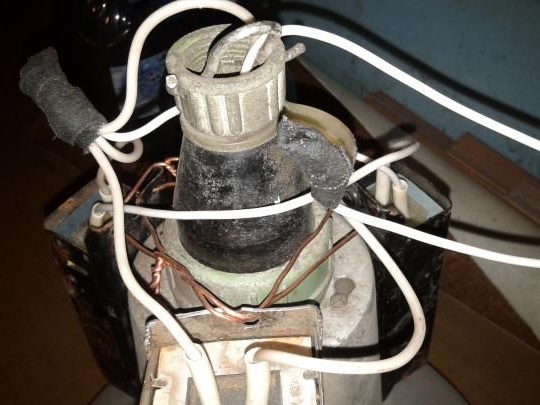
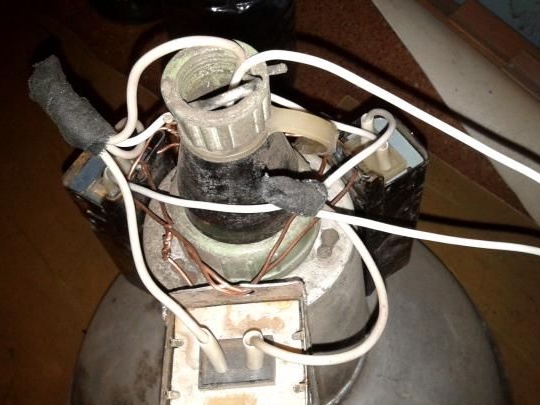
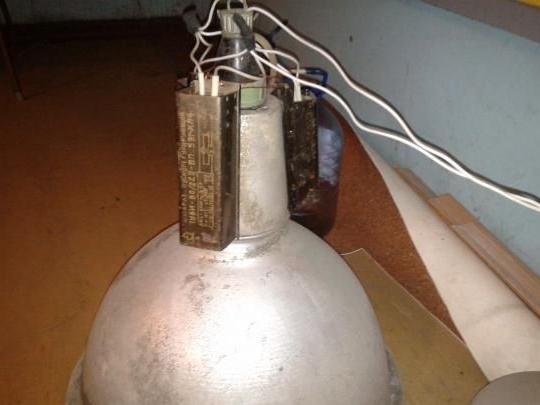
In these photos, it is also noticeable how exactly the wires are connected. The author notes that it is necessary to make sure that the contacts on the terminals of the chokes have a good enough connection, otherwise they will spark and heat up, which can lead to breakage.
The following photo shows how the operation of such a throttle is carried out and that it is capable of starting a DRL 250 lamp:
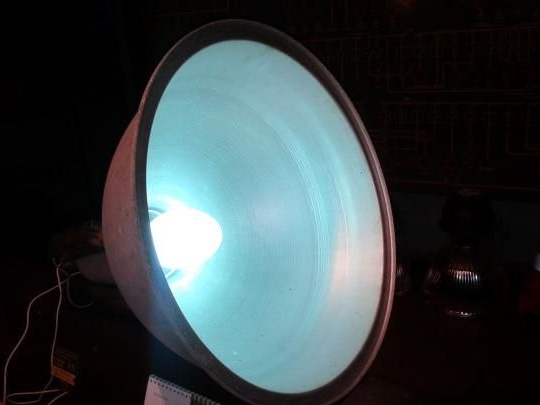
According to the author, such a scheme is reliable enough for use. So he suggests in the future to use a separate box in which the chokes will be located, and simply output wires from it to the lamps. Such an assembly option cost the author cheaper than buying a special inductor for a DRL 250 lamp. The author also recalls that during the test special attention should be paid to safety measures, and he also advises placing lamps at a height of at least three meters, since he believes that they are studying quite a lot of ultraviolet radiation.
